Burberry was one of the first luxury houses to embrace “see now, buy now”: the new industry model in which collections are immediately available post-runway. At first, people were pretty skeptical. Part of the fun of shopping can be the anticipation and waiting. Does instant gratification really translate into more sales? While brands like Burberry stated that the new model was successful, others, like The New York Times, countered that “there is little concrete evidence to back up their claims.”
The verdict as of this month? It’s working.
Burberry experimented with “see now, buy now” for the first time last September, when it combined its menswear and womenswear designs to form one collection. It was a pretty significant change from the traditional calendar, where collections debut four months before they’re available for purchase. At the time, though, Burberry’s decision wasn’t that helpful. There were stronger sales in military-infused outerwear, as well as Bridle bags (which are now the brand’s 3rd-best selling style!). But, as Fashionista put it, the brand “could’ve used a sales boost.” (Burberry’s 2016 revenue was generally OK, though not stellar.) Then-CFO Carol Fairweather stated that the strategy didn’t have the biggest impact, admitting that runway lines generally represent only a small fraction—5%—of global sales.
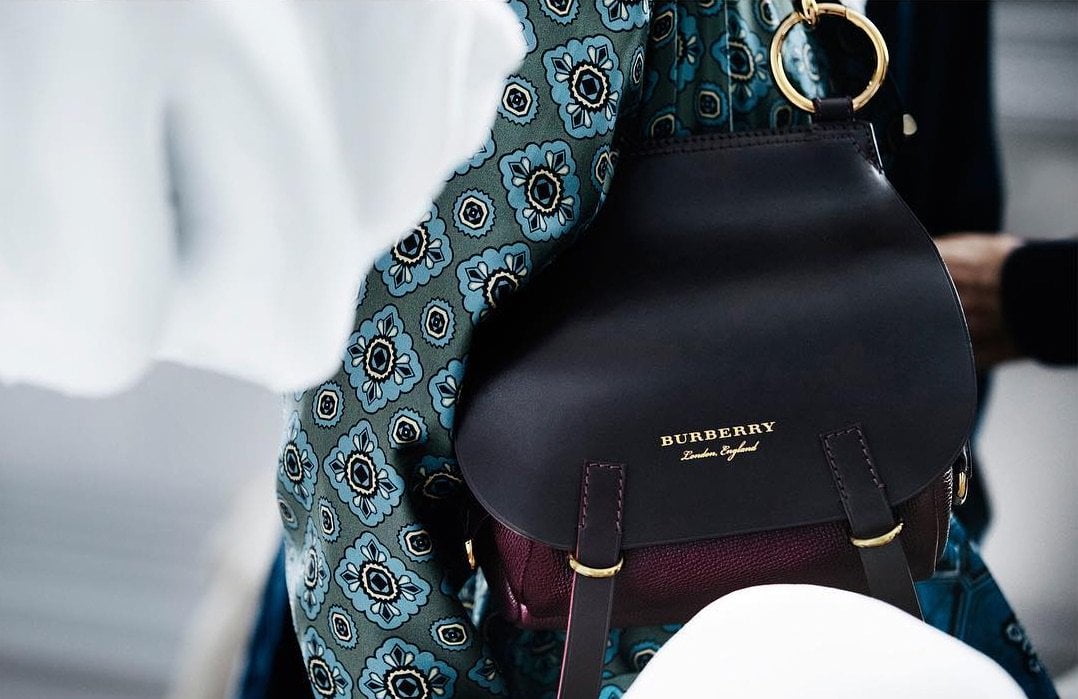
Burberry Bridle Bag ~ @Burberry
In February, Burberry had its second “see now, buy now” show, inspired by artist Henry Moore. Right after the show, it was difficult to gauge the effect. An earnings report released earlier this month finally gives us a definitive answer: the February 2017 show, it states, generated “record online reach and engagement.” Additionally, Makers House, the London venue that puts the collection on display, saw a 50% increase in visitors compared to the September line.
In the grand scheme of things, Burberry enjoyed fairly high profits in the half-year leading up to March 31, outperforming in digital sales in particular. The link between digital and “see now, buy now” is strong, and it’s had an especially strong impact on online retailers. (Net-a-Porter’s president Alison Loehnis has confirmed the popularity of the retail model with younger customers.)
The upshot? “See now, buy now,” coupled with digital advancement, really is working for Burberry!
What do you think of the new fashion calendar? Should more brands convert to “see now, buy now,” or is it unnecessary? Is there a reason to cling to tradition? Would you personally jump at the chance to buy directly off the runway?
As always, we’re curious to hear your thoughts on BopTalk!
Read related articles:
Burberry Struggles to Improve Despite Boost from Brexit
Top 10 Most Digitally Savvy Brands
Chinese Spending Shifts Cause Turmoil for Burberry
15 Chic Totes That are Perfect for Travel
Love PurseBop
XO
Updated: June 1st, 2017

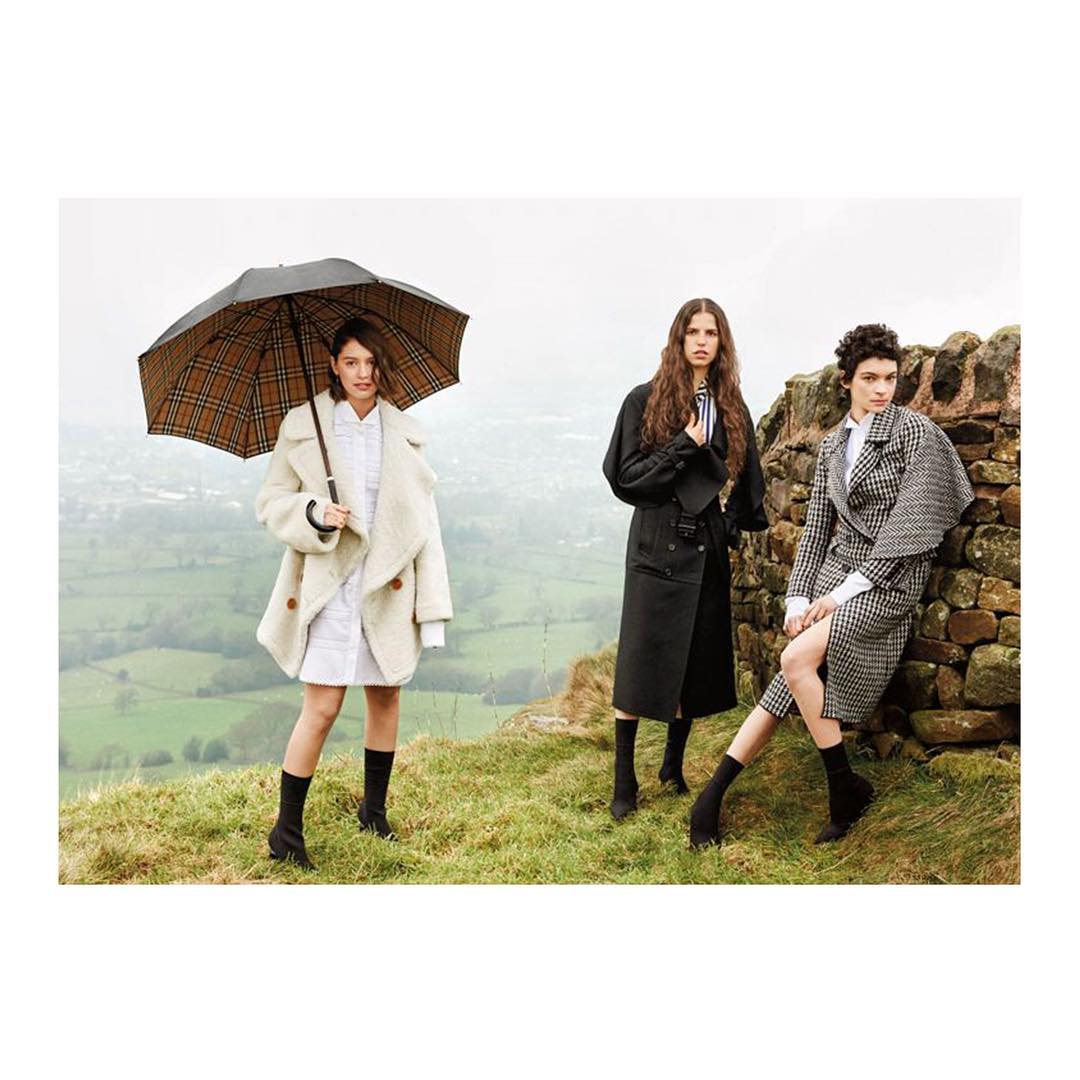
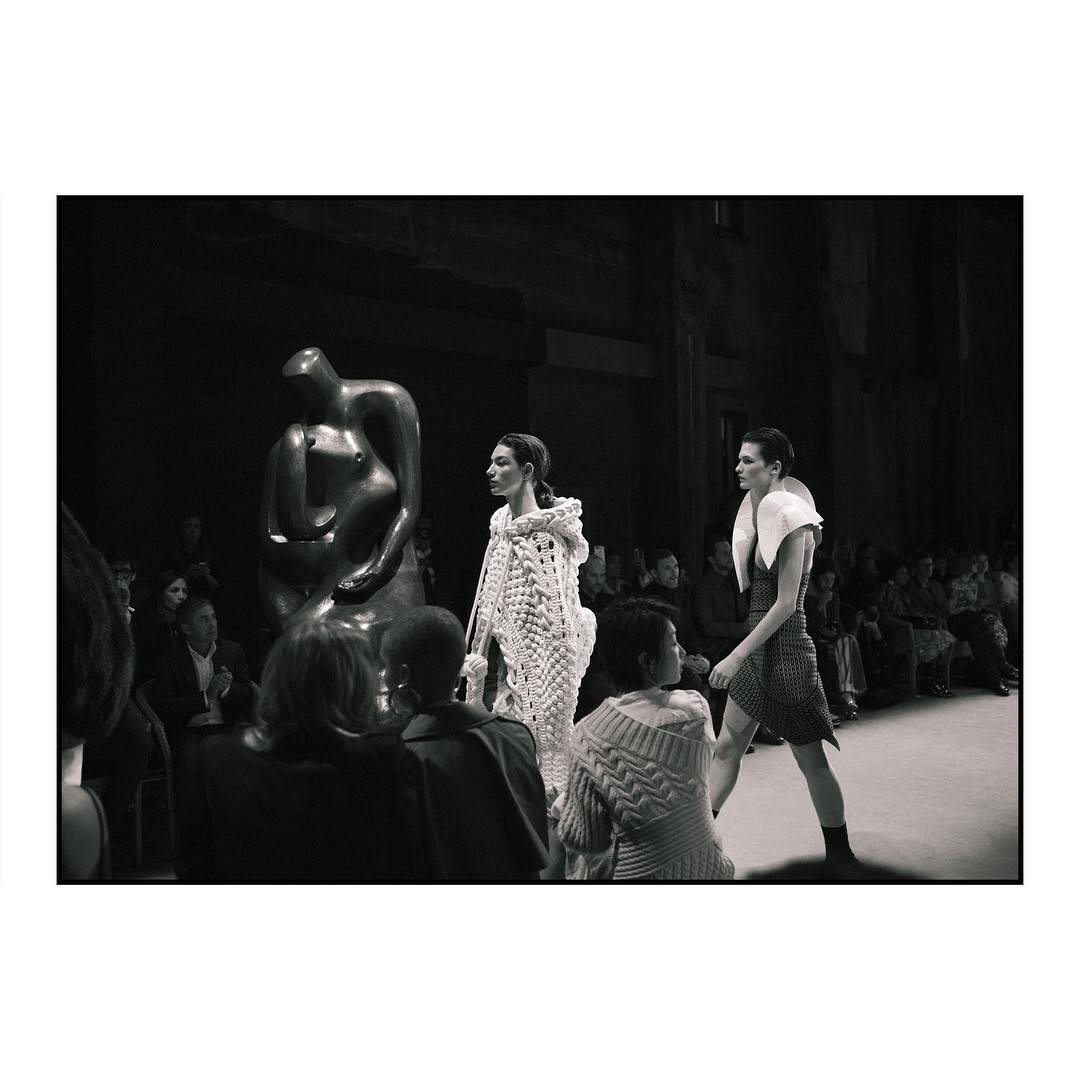
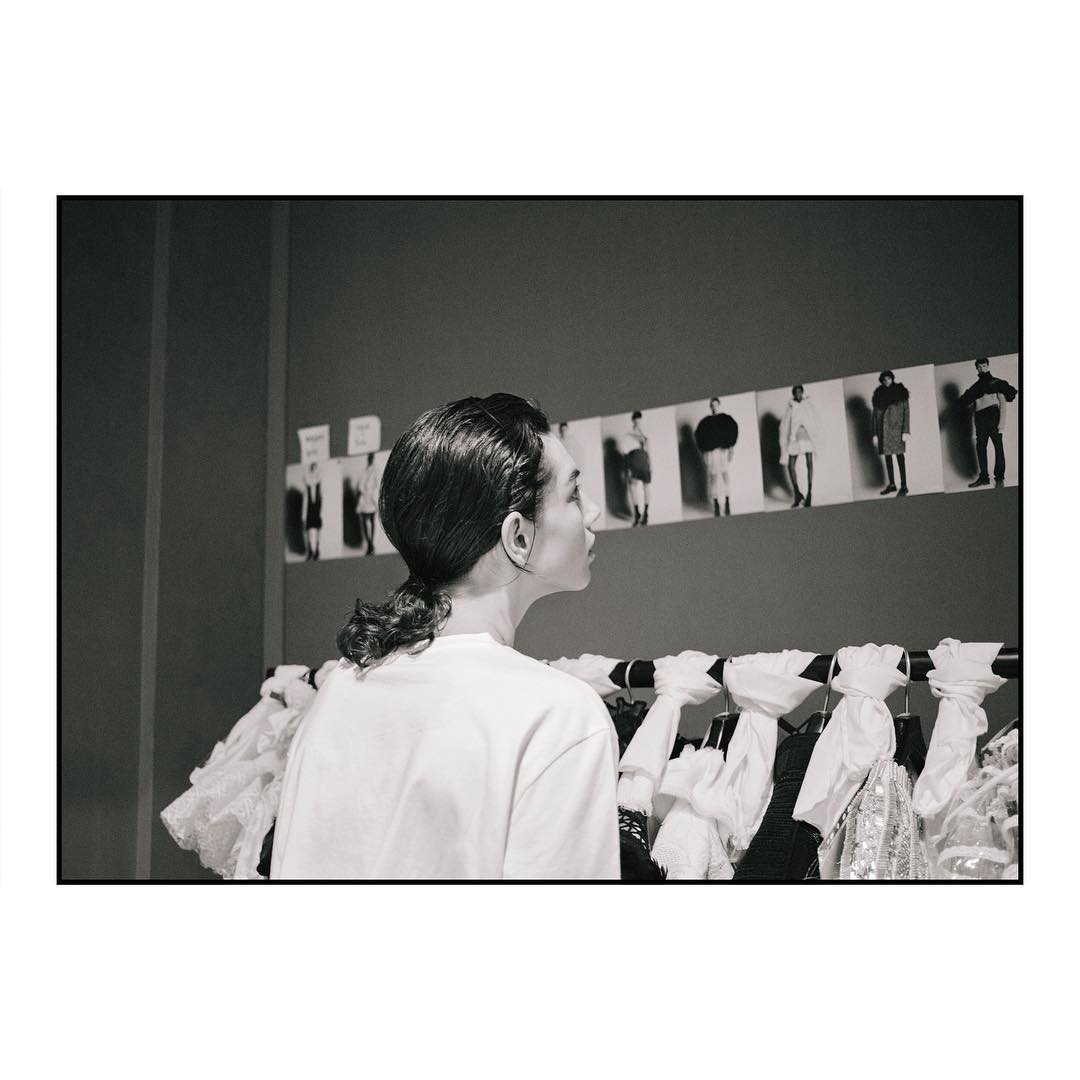


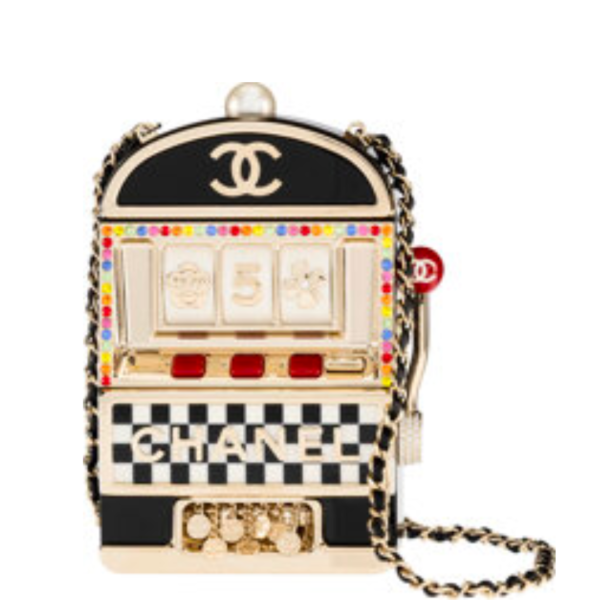
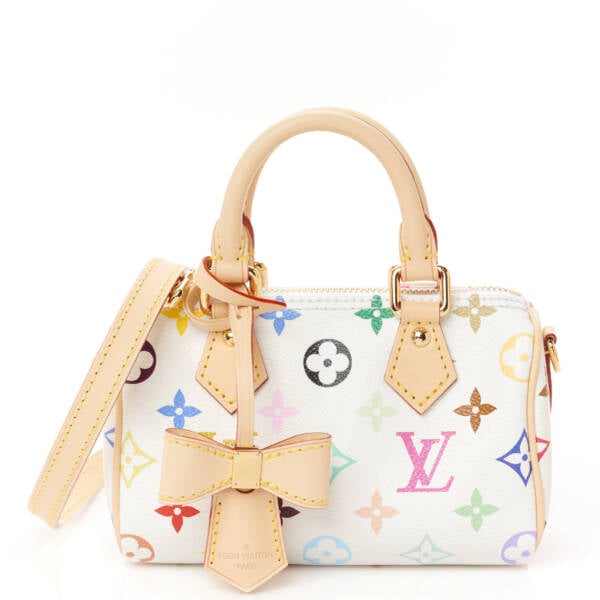
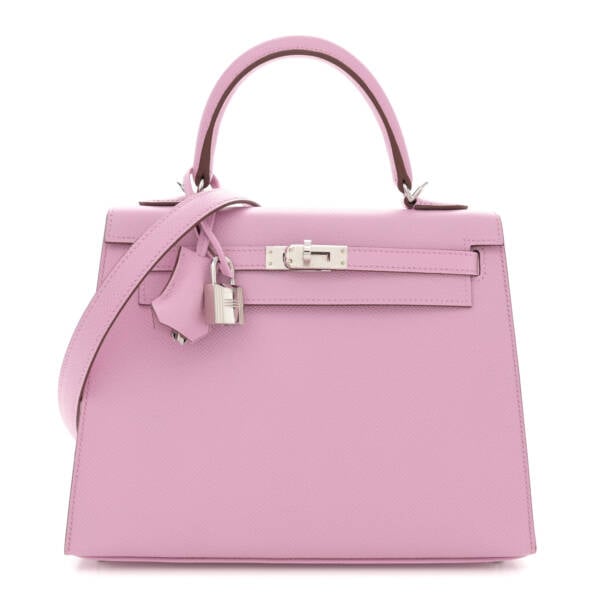
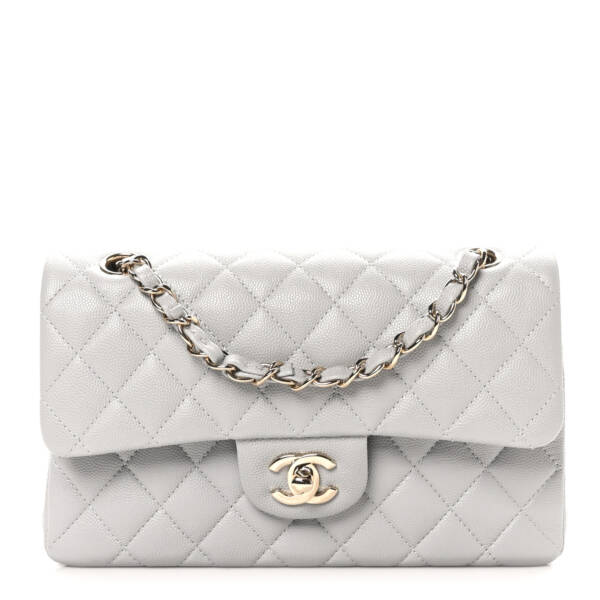
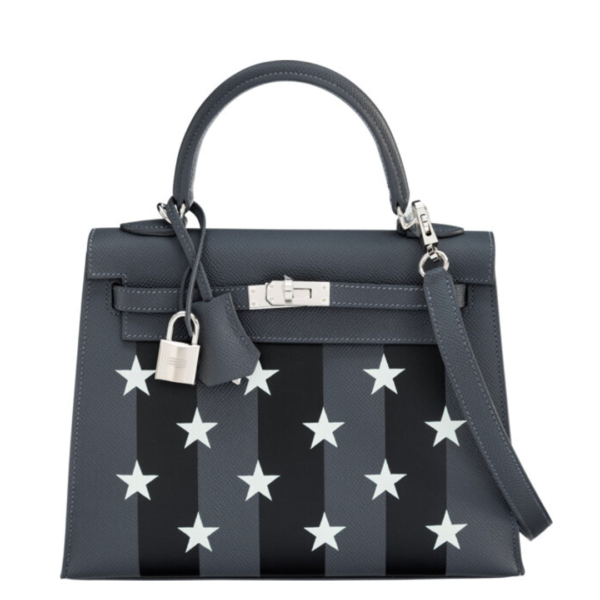

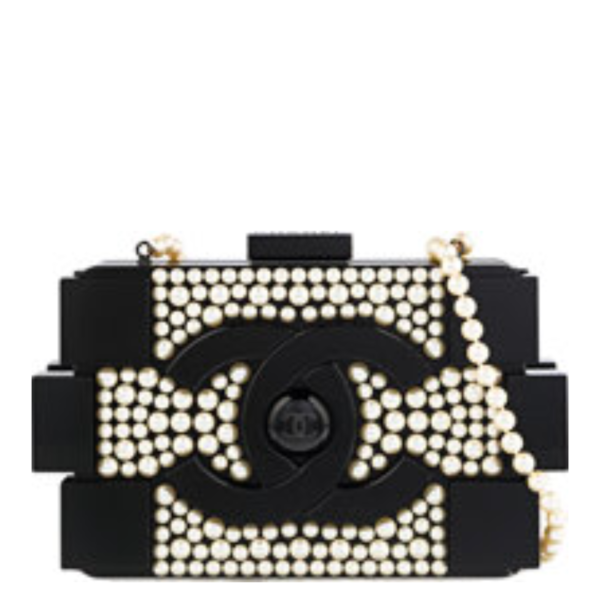
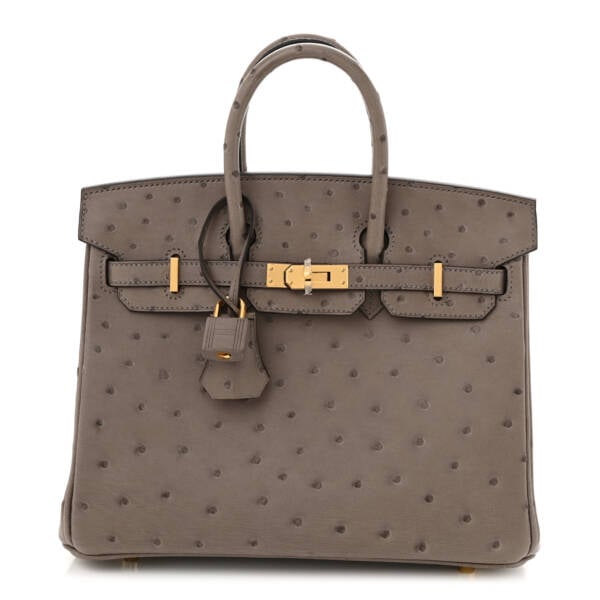
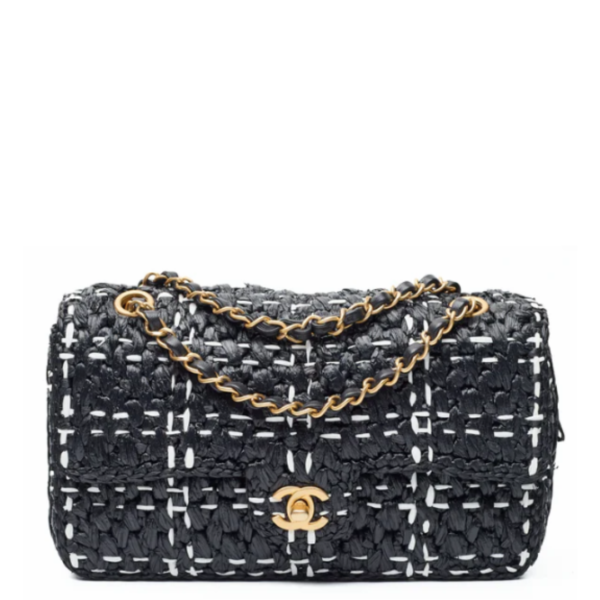
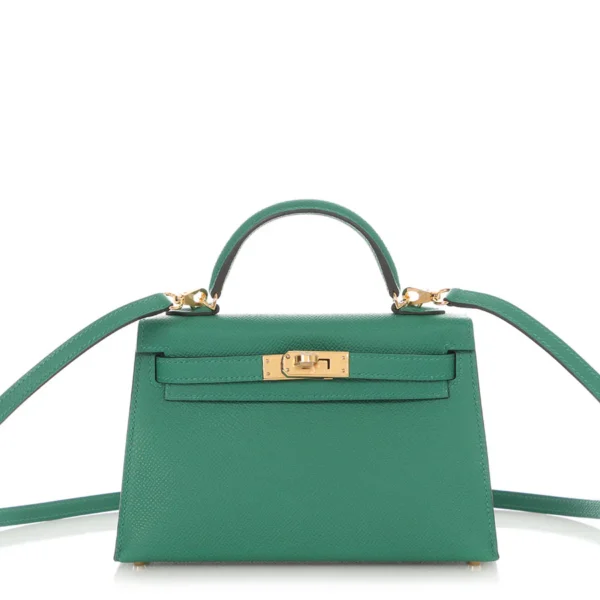
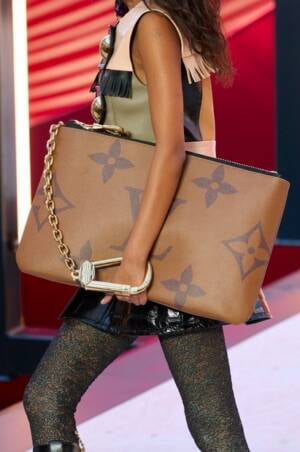
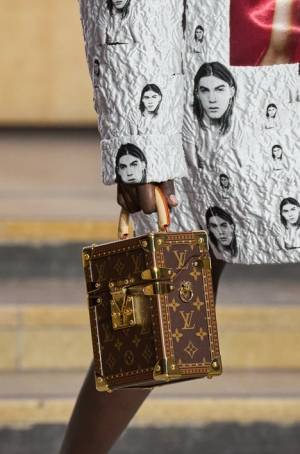
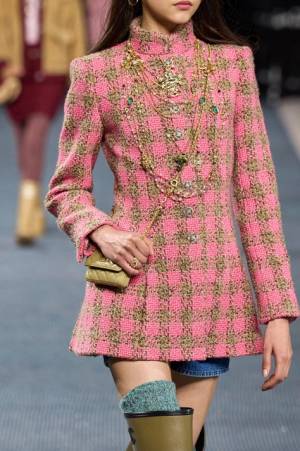
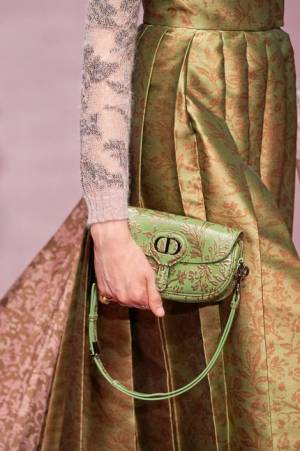
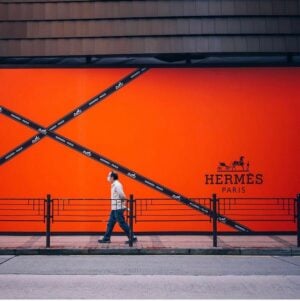
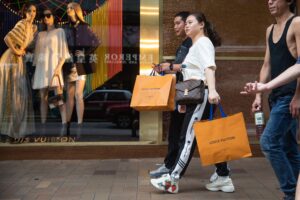



Comments
1 Responses to “Burberry Finds Success in “See Now, Buy Now””
I think the idea is great for certain brands, others, not so much… People love the expectation of waiting for a Chanel bag from the new collection, for example hehe